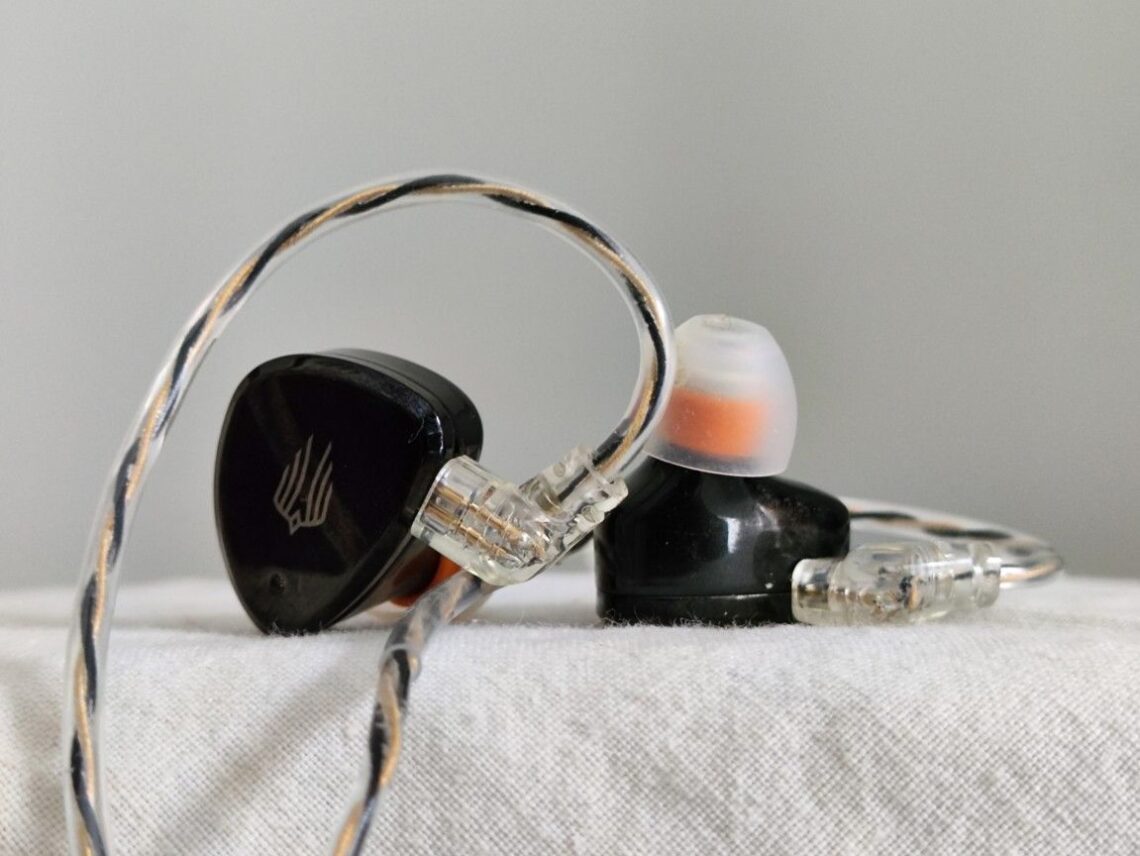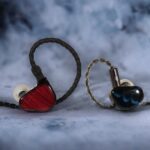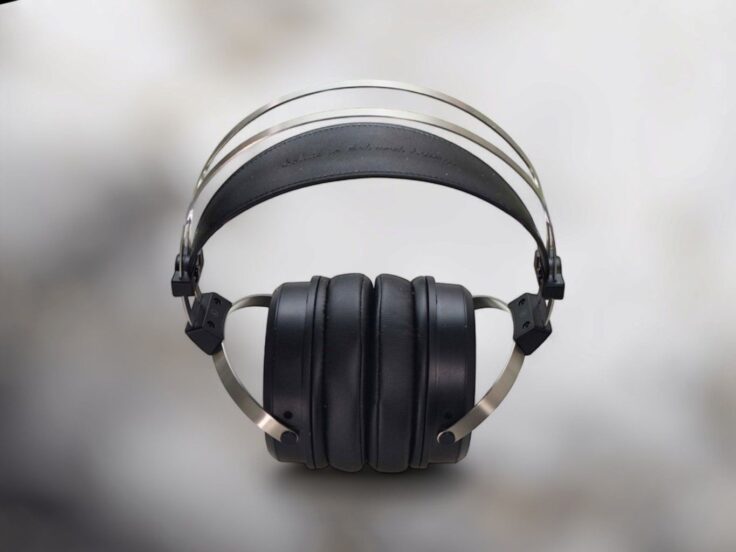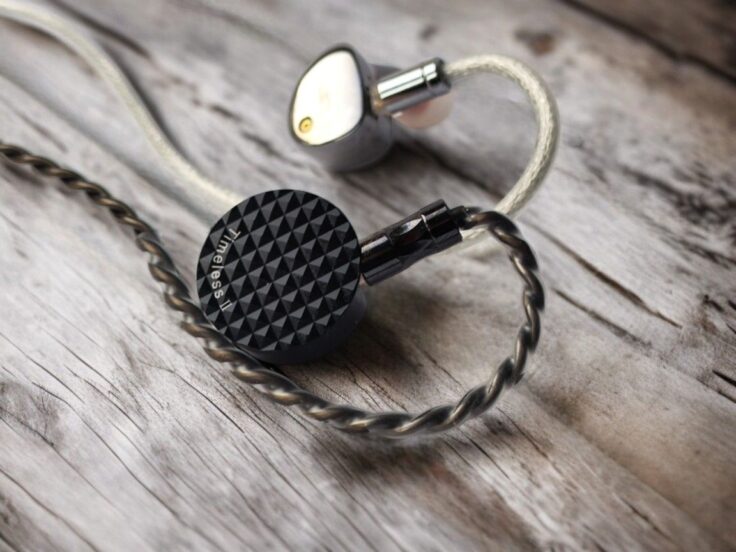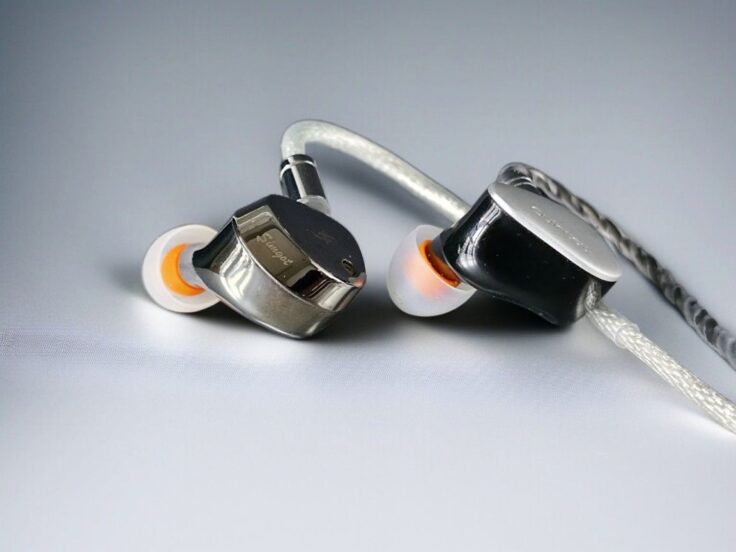With an expansive soundstage and excellent imaging capabilities, the Simgot EM6L targets both gaming and music enthusiasts. It is lightweight and offers excellent noise isolation.
The EM6L is based on its predecessor, the EM5, and is tuned to adhere to the Harman 2019 curve. It has a total of five drivers per side: One dynamic driver (DD) and four balanced armature drivers (BA). The bass and lower mids are taken care of by an 8mm “custom-designed high-polymer diaphragm – dual-cavity” dynamic driver (similar to the larger drivers of the EA1000 and EA2000), while the upper mids and treble are handled by two pairs of balanced armature drivers, respectively. There’s a three-way crossover that distributes the various audio frequencies between the drivers (one dynamic and the two pairs of balanced armatures).
The crossover, along with various tuning techniques, aims to achieve a seamless frequency response and full phase coherence. The resin housing is also designed to eliminate standing waves.
SIMGOT EM6L SPECIFICATIONS
- Drivers: 1 dynamic and 2 pairs of balanced armatures per side (1DD+4BA)
- Dynamic Driver: High-performance polymer composite diaphragm & dual-cavity driver
- Impedance: 26Ω±15%(@1kHz)
- Sensitivity: 119dB/Vrms(@1kHz)
- Frequency Response Range: 8Hz-40kHz
- Shell Material: High-precision 3D-printed resin
- Earphone Connector: Recessed 2 pin 0.78mm
- Cable: Detachable Silver-Plated OFC with 3.5mm termination
Price when reviewed: $109.99
- Price on Amazon: Simgot EM6L
- Price on Linsoul: Simgot EM6L
BUILD AND COMFORT
The EM6L’s housing is very light and comfortable. It’s made of resin and features a CNC-processed faceplate.
The passive noise isolation is superb. It might be the best I have ever heard. You must, of course, get a good seal, but when you have a seal, the isolation is really good.
The supplied tips seem quite good, but I use my preferred 3rd party tips which are Spinfit CP145. Everyone has different ears and what tips give a good and comfortable seal vary from person to person.
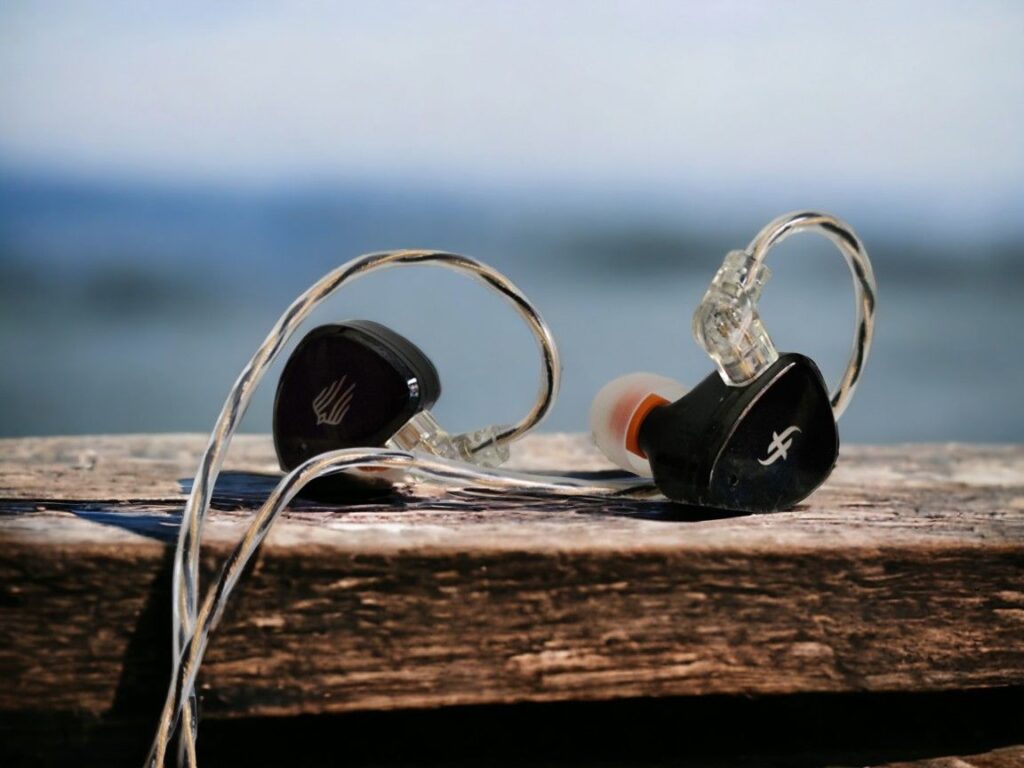
LISTENING IMPRESSIONS
Seven by Arild Andersen Group
First of all, this sounds extremely spacious and the imaging is superb. The piano is crisp and clear, the percussive elements are precisely positioned in space. It is a very holographic experience. The saxophone is smooth and delicious sounding, the bass is tight and well-defined.
Terminal 7 by Tomasz Stanko Quintet
Another jazz track that showcases the fabulous imaging capabilities. I am very impressed with the EM6L. The percussion is really snappy and tactile. The trumpet sounds very good. Smooth and delicate.
Escape Route by Boris Blank
The bass is very good, tight and tactile sounding. The soundstage is spacious. Everything sounds very dynamic.
Hellhound by Cassandra Wilson
Again, what stands out the most is the fantastic dynamics and great imaging. There is a very well-defined space between each instrument and this soundstage is huge. The guitar is very crisp and clear, as are Cassandra Wilson’s vocals.
Present Tense by Radiohead
I think this sounds very well-balanced. The bass is not too powerful, the vocals are coming nicely through in the mix and the treble is not too crisp.
Jambi by Tool
Imaging is superb, but I find this track a bit coarse sounding. It’s a bit bright and unforgiving.
Higdon’s Violin Concerto Fly Forward by Hilary Hahn
The imaging is very good and there is again a lot of black space between the instruments. It sounds very dynamic and also quite well-balanced. I do, however, miss some refinement compared to more expensive options.
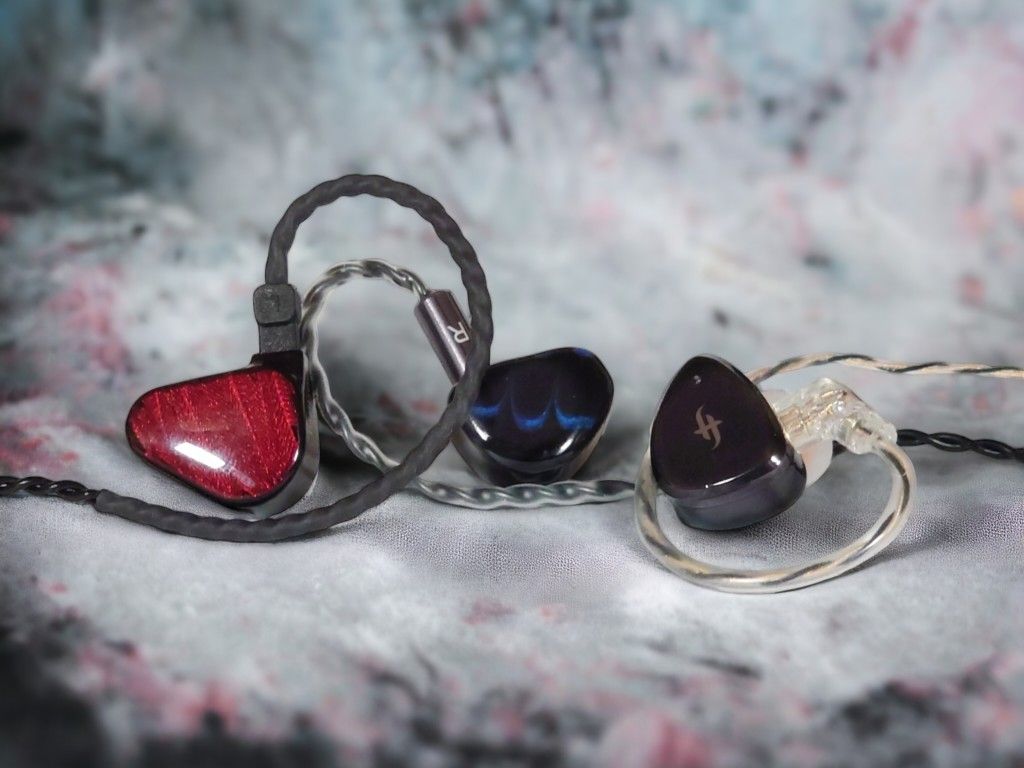
COMPARISONS
EM6L vs KIWI EARS CADENZA
The Kiwi Cadenza is among my absolute favourites when it comes to low-budget IEMs. Comparing it to the EM6L, it soon becomes clear that they are in completely different leagues when it comes to detail, dynamics and imaging.
The EM6L is simply put a lot better, technically speaking. That being said, they have different sound signatures and there are tracks where the fuller, yet more diffuse-sounding Cadenza is more enjoyable.
- Buy on Linsoul: Kiwi Cadenza
- Buy on Amazon: Kiwi Cadenza
EM6L vs TRUTHEAR x Crinacle ZERO RED
The Zero Red is alongside the Cadenza, one of the most popular budget options released in 2023.
The RED and the Cadenza are similarly tuned but still have their differences. Generally speaking, I prefer the tonality of the Cadenza, while the RED is technically slightly better sounding, especially noticeable in the imaging capabilities.
Comparing them to the EM6L, however, the RED and Cadenza have more in common than not. In direct comparison with the EM6L, both sound a bit slow and muffled, and it is clear that technically speaking, the EM6L is superior to both by a good margin.
- Buy on Amazon: ZERO:RED
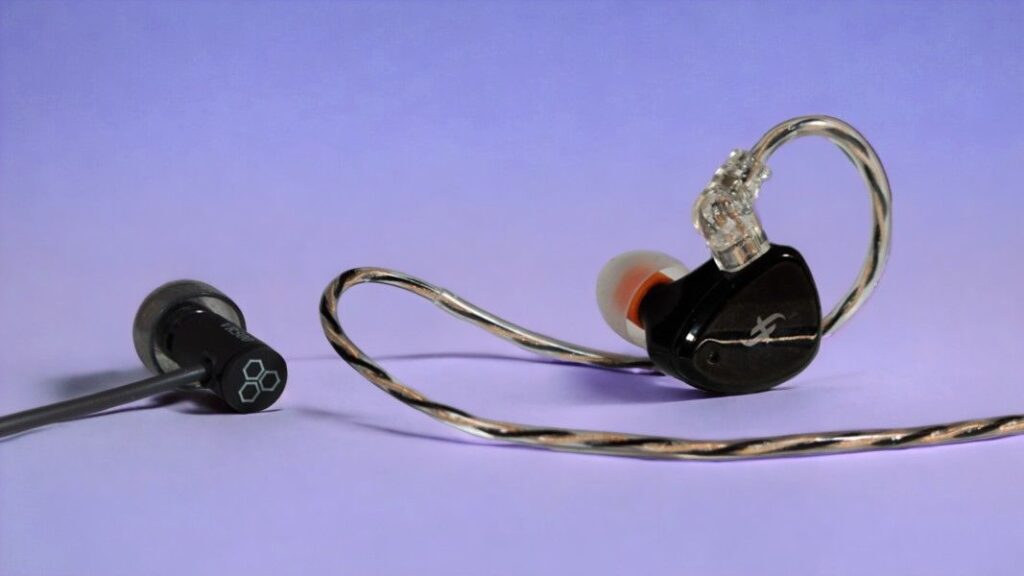
FINAL VR500
The Final VR500 is a minimalistic VR and gaming-oriented IEM with a narrow barrel design. It’s less than half the price of the EM6L. Although it has good imaging and a nice, warm character, the VR500 isn’t close to the pinpoint precision of the EM6L. The VR500 is a good option for the money, especially considering the extremely compact size, but I find the EM6L technically superior.
- Buy on Amazon: Final Audio VR
EM6L vs SENNHEISER IE200
Starting with the point of the EM6L; with regards to imaging, there is no contest. The IE200 is good, but the EM6L is better. It also has better dynamics. It is generally tighter, crisper, and snappier. The bass, especially, has better definition.
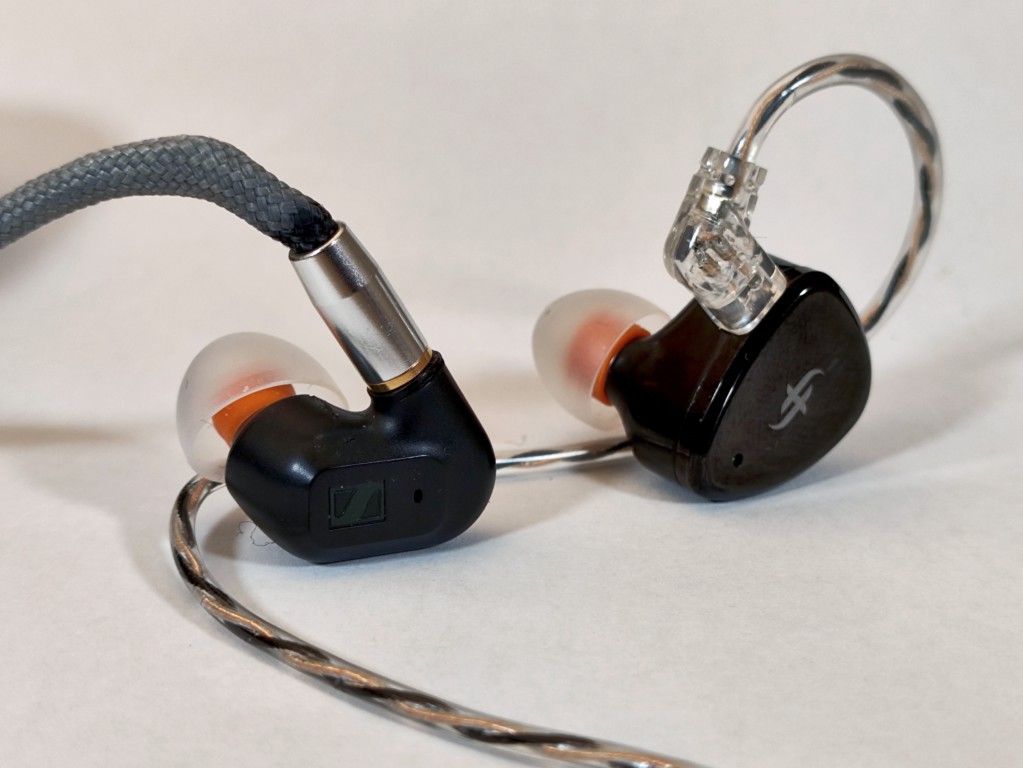
What the IE200 offers instead is a smoother, and I would say, more musical and organic presentation. It has a more present mid-range and sounds warmer. I would pick the EM6L for gaming and select genres where bass percussion and imaging are especially important, and the IE200 for general music listening.
- Buy on Amazon: Sennheiser IE200
EM6L vs KIWI EARS QUARTET
The Quartet has 2 dip switches. I use it in stock configuration (Bass and Treble switches ON). It’s got quite an impressive soundstage with good imaging – surprisingly close to the EM6L, although not all the way there.
The most immediate difference is that the Quartet generally has more bass quantity and sounds warmer. However, in terms of bass quality, the EM6L keeps up with ease and is tighter and even better defined.
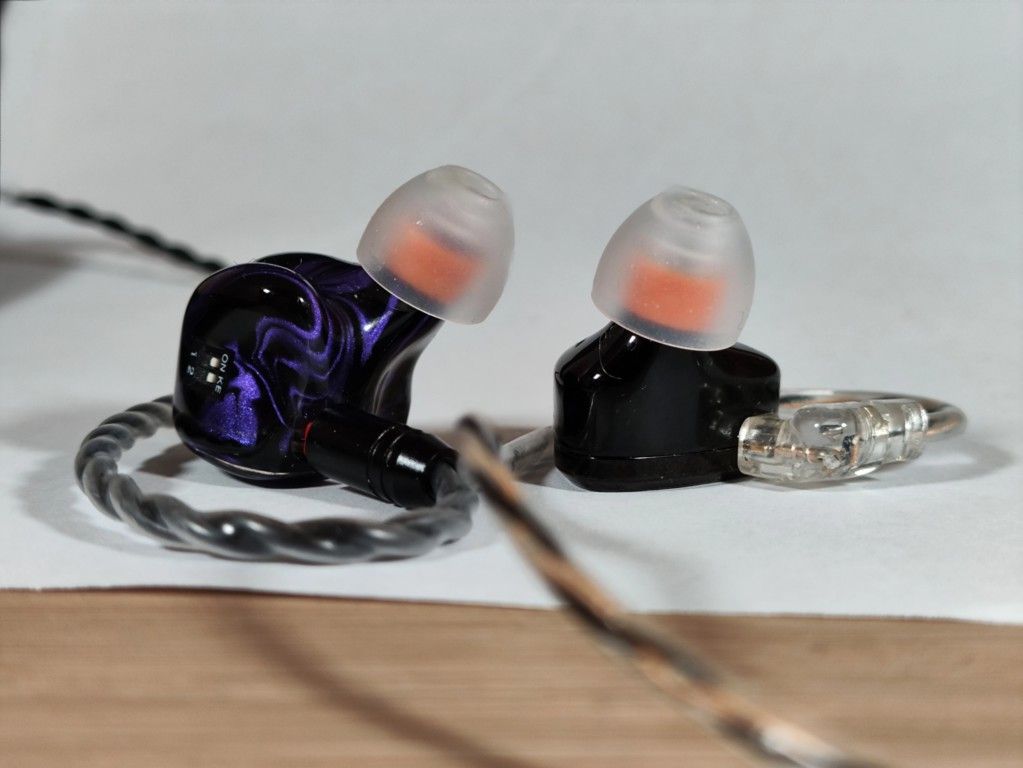
The Quartet has the tuning switches, which gives flexibility in terms of adjusting the sound signature, which is a plus. However, the Quartet is a very large IEM, significantly larger and bulkier than the EM6L.
- Full Kiwi Quartet review here
- Buy on Amazon: Kiwi Ears Quartet
- Buy on Linsoul: Kiwi Ears Quartet
EM6L vs LETSHUOER S12 PRO
Although they have different driver technologies, the planar dynamic Letshuoer S12 PRO and the EM6L share a similar sound signature and have roughly the same levels of detail and dynamics. However, there are significant differences.
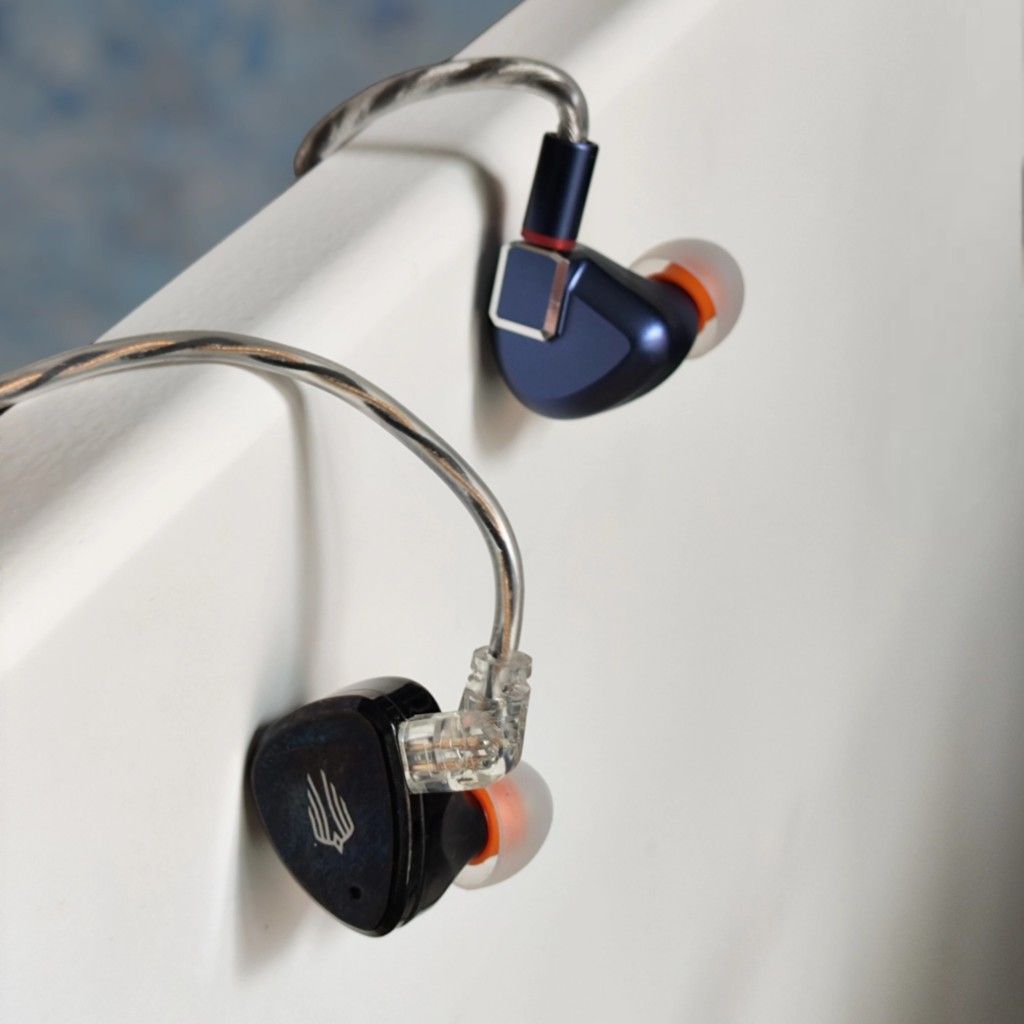
The EM6L excels in terms of macro-dynamics, especially in the bass region, while the S12 PRO offers slightly more explicit detail and microdynamics. When it comes to timbre, the S12 PRO is leaning towards a drier, more textured sound; the EM6L offers a slightly warmer, more rounded presence. I must add, though, that neither of these IEMs are especially warm sounding in absolute terms, even though they have a good amount of bass. For my preferences at least; both can use some help from a source that gives them more weight and body in the mids.
- Detailed comparison coming
- Buy on Linsoul: Letshuoer S12 PRO
- Buy on Amazon: Letshuoer S12 PRO
EM6L vs MOONDROP KATO
The Moondrop Kato shares a similar tuning to the EM6L. However, they sound quite different.
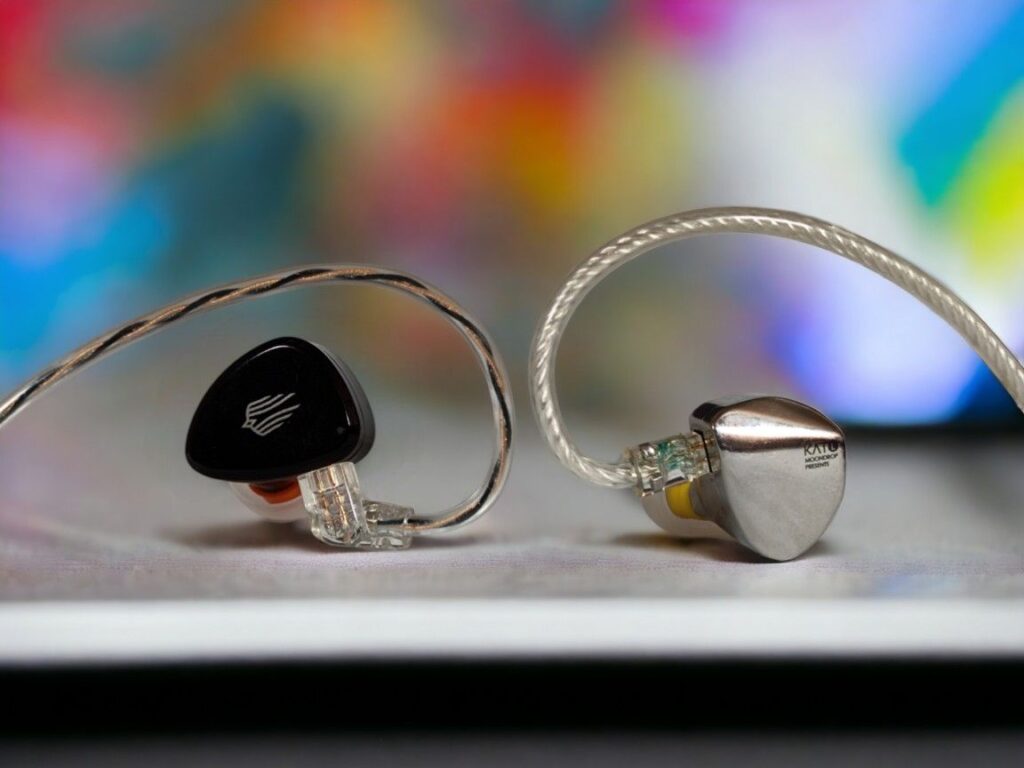
The Kato is generally smoother and at the same time more detailed and refined sounding. It falls short in soundstage size and imaging precision, where the EM6L is simply outstanding. Even though the EM6L has a clear treble, it’s a bit dry sounding – especially when compared to the Kato. It also has a thinner sounding midrange. With warmer sounding amps, though, both the treble and midrange gets fuller and more organic sounding and the presentation gets slightly more similar to the Kato.
The EM6L is more demanding to drive than the Kato, both in terms of power and matching.
- Buy on Linsoul: Moondrop Kato
- Buy on Amazon: Moondrop Kato
EM6L vs SIMGOT EA1000
Comparing the EA1000 and EM6L across different songs, I find that the tonal balance is relatively similar. What stands out the most with the EM6L is its dynamics and imaging. Sometimes it can sound a bit aggressive and sharp in direct comparison to the EA1000 but that is the exception. Mostly, it sounds very good.
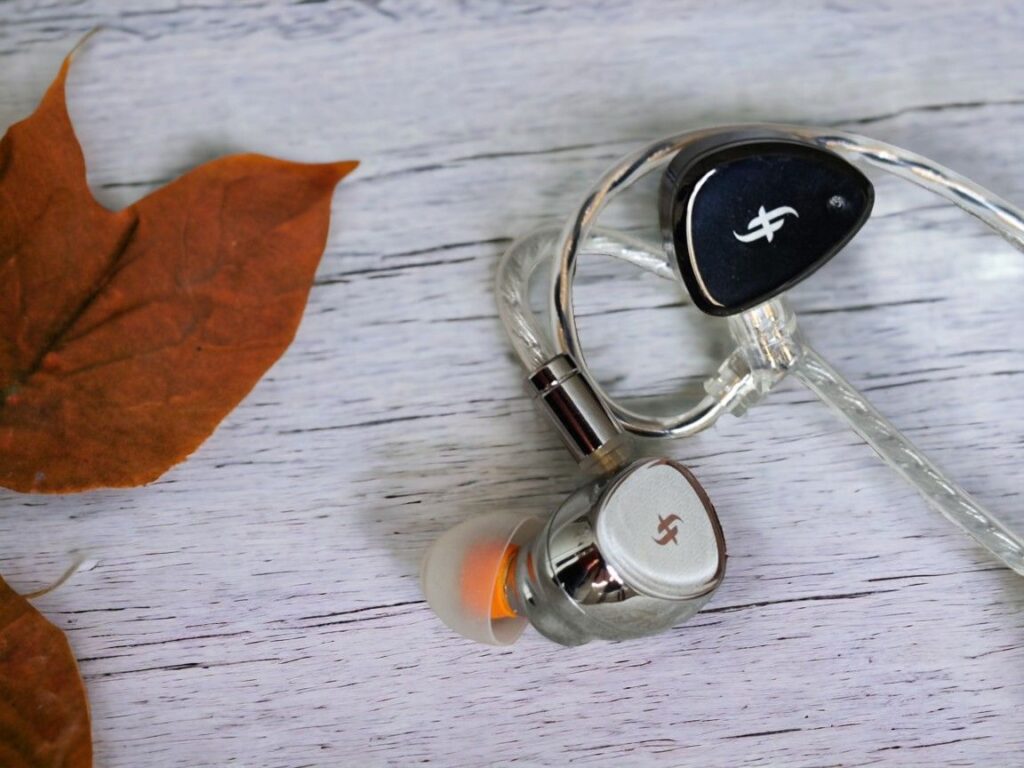
The EA1000, however, offers a more nuanced and organic presentation. There is more subtle detail but less large dynamic contrast and the imaging is not as precise.
It really has a very natural and beautiful timbre. It also has more tonal weight and body, but this is at the cost of imaging precision.
The two IEMs are quite different in many ways and have distinct pros and cons. For gaming, I would not hesitate to recommend the EM6L. The imaging is very precise and the sound stage is impressive.
For music listening, I definitely for the most part prefer the EA1000 for its luscious sound, fine details, and phenomenal timbre.
- Full EA1000 review here
- Buy on Linsoul: Simgot EA1000
- Buy on Amazon Simgot EA1000
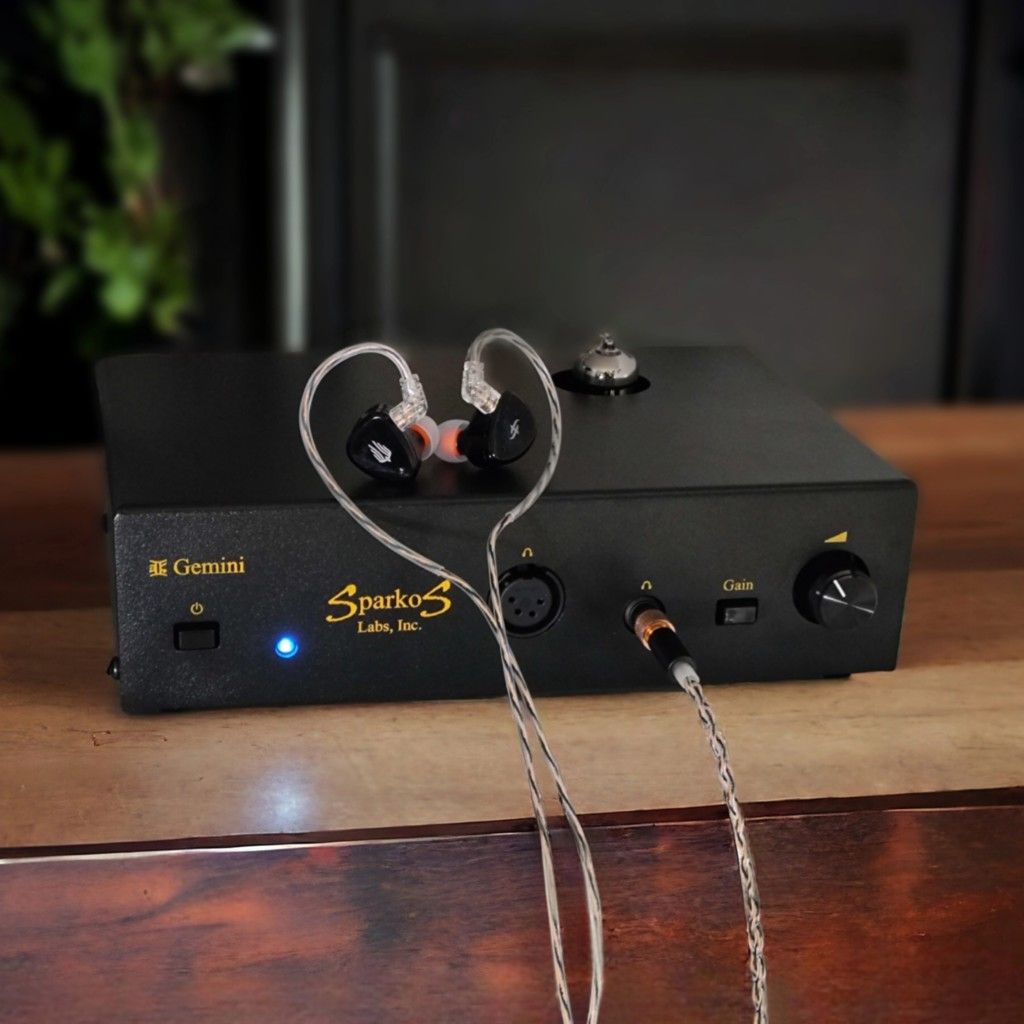
AMPLIFICATION
My 2023 POCO F5 phone’s 3.5mm headphone output sounds really good with the EM6L. It seems to be pushing its limits, though the volume setting is typically 80-100%. It isn’t the absolute last word in detail, but the tonality is excellent.
Not surprisingly, the THX Onyx USB dongle has more detail to offer than my phone, and I set the volume to 60-90%.
The AudioQuest Dragonfly Red sounds very good, adding some warmth and running at 50-70% of the volume.
The Topping A90 desktop amp sounds even better, with lots of detail and speed, but it’s a bit dry.
The Class A Rebel Amp sounds better than the Topping A90. It’s not a huge difference, but enough to make the EM6L more enjoyable.
The Ferrum Erco sounds absolutely stunning. The tonal balance, precision, and dynamics are great.
I also got fantastic results with the Sparkos Labs Gemini tube hybrid amplifier. It sounds dynamic and detailed but at the same time has an extra hint of midrange warmth and a more liquid sounding treble.
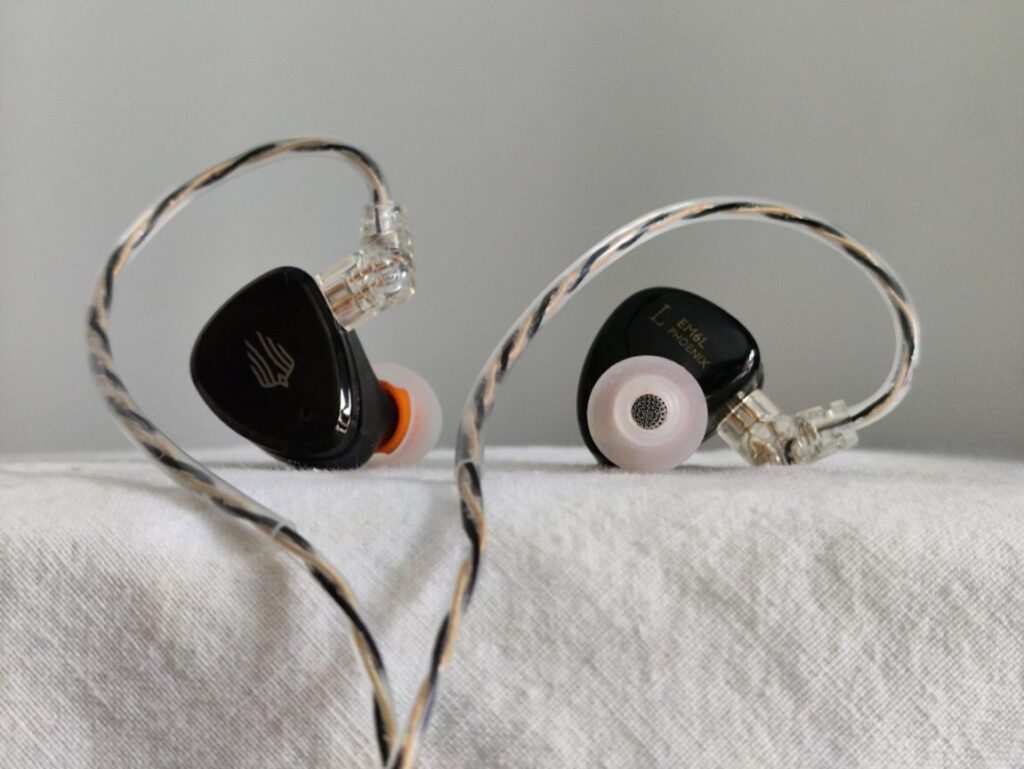
WRAPPING IT UP
Sound Signature
The EM6L has a “Harman 2019 Target” tuning, with slightly elevated bass and highs relative to the midrange.
Treble
The treble is crisp and clear without being too bright. It is very precise and detailed, with good articulation, and neither dry nor liquid sounding.
Midrange
The midrange is a bit polite in quantity but is very clear. I will not call it recessed, but the EM6L certainly is not a mid-centric sounding IEM. The midrange could be warmer, and it sounds better with a slightly warm-sounding amplifier/source.
Bass
For me, the bass is the star of the show. It is full-bodied and, at the same time, very tight and well defined, tactile and well-articulated.
Soundstage and Imaging
The sound stage is large but not diffuse. The imaging is absolutely superb. Every single sound and instrument is positioned with pinpoint accuracy. Width, height, and depth; it is a very holographic experience.
Dynamics, Detail and Timbre
The EM6L has excellent dynamics, especially in the bass region. The detail level is high across the frequency spectrum.
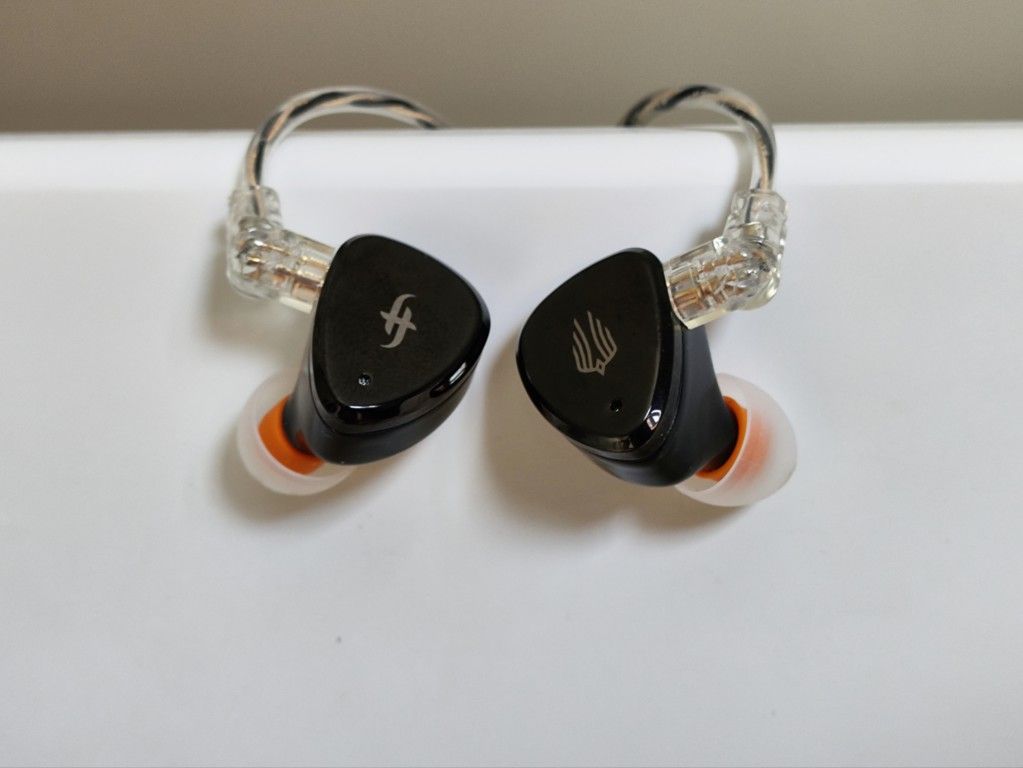
CONCLUSION
The EM6L is lightweight and comfortable, and its passive noise isolation is among the best I’ve experienced. With a tight and clear sound delivery, exceptional bass definition, and superb imaging capabilities, the EM6L will certainly satisfy many listeners, whether they are gaming or enjoying music.
- Buy on Amazon: Simgot EM6L
- Buy on Linsoul: Simgot EM6L
Any purchase you make on Amazon or Linsoul with any of our affiliate links will give us a small provision at no cost to you.
We only get a provision for items that are not returned, so there’s no incentive for us to recommend something that’s not good.
Linsoul : Headphones, Earbuds, Wireless Earbuds, Desktop DAC/AMP, Portable DAC/AMP, Digital Audio Players,
Amazon: Headphones, IEMs, Headphone Amplifiers, Home Audio or Anything else.
.
If you enjoyed this article or other content on The Headphoneer, you might consider leaving a small donation to keep this website up and running. No donation is too small. Thanks for supporting us!
If you like our work please follow us on Instagram, Facebook and Twitter , it will help us grow. Sharing is caring 🙂
Disclaimer: The Simgot EM6L was sent to us by Simgot for the purpose of this review.


